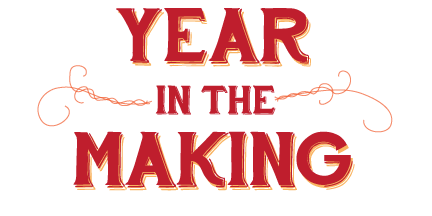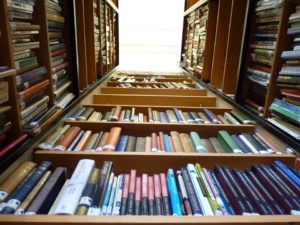
Q: How do schools who have incorporated makerspace in their library find that it changes the original purpose of the library - having a place for students to read, choose, research etc with the collection?
A1-
In today’s mobile society, a “space” to check out books and research is almost no longer needed, since we carry that “space” around in our pocket or backpack. Now…I’m all about the tactile experience of books, don’t get me wrong. However, in our schools, less than 25% of the books taking up shelf space are ever checked out! Shouldn’t we be finding more of what students need in that space?
A2-
I have found that it is a balance of both traditional library use and creative space. Oftentimes, students (and teachers) will get an idea of something to create from a book they read in class, independently in the library, etc. I hope that makes sense. I feel like it has added in traffic through the library, which has benefitted the makerspace as well as circulation of print materials.
A3-
Our library is more vibrant than ever, thanks to our makerspace. And my book circulation has gone through the roof too! It is not an either or with makerspaces and libraries. There is a beautiful synergy between the two. We ensure that we have varied learning spaces all throughout our library, to help meet the needs of all of our students, not just the students who want to make.
A4-
This is the difficulty that some librarians are facing today. Some fear that makerspace programs will change the dynamics of libraries. The fact is, they will! But this change can be good.
We have a space in our library that I call a makerspace. The furniture is more conducive to collaboration, and the supplies are housed here. But my students don’t call it a makerspace. You see, making happens EVERYWHERE in our library. Students have the opportunity to read, write, and research wherever they like — in our Reader’s Cafe, in our makerspace, in our computer area, and in our classroom section.
Making is a process that involves critical thinking and problem solving skills, skills that are also necessary to research. There should be time for students to think and explore independently, as well as opportunities for more structured learning. Hands-on learning helps all children to apply what they have learned and to create their own knowledge.
– Kristina Holzweiss, President of Long Island LEADS (http://www.longislandleads.org) and Founder of SLIME – Students of Long Island Maker Expo (http://www.slimemakerexpo.com). Visit our library at http://bsmslibratory.weebly.com.
A5-
From what I’ve seen, it’s a bit louder and animated, but an integrated makerspace doesn’t necessarily change the library’s purpose — it’s more like extending or augmenting its capabilities. A lot of time, the maker ed activities are based on both fiction/non-fiction selections and the research/collaboration tend to be more student-centric, since they’re looking into a project that is even more meaningful to them.
A6-
The makerspace allows a library to be an active learning area to discover, express and design something they are interested in. It takes the knowledge from books and brings it to reality in arts of expression and execution.

0 Comments